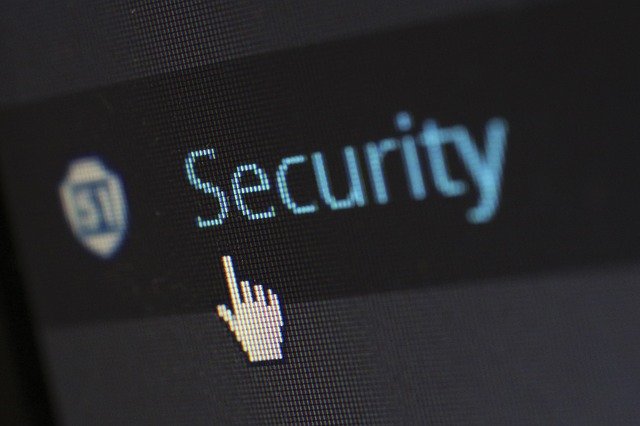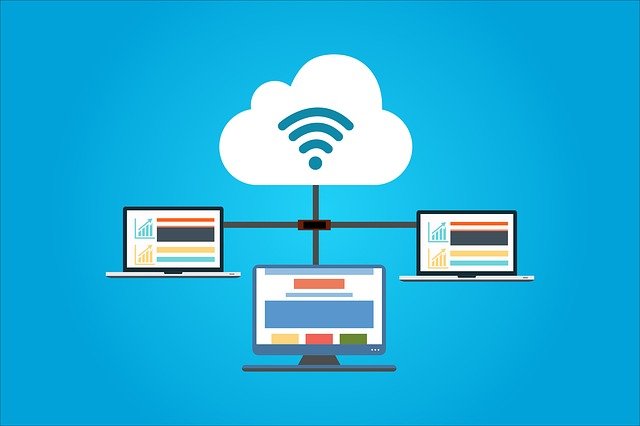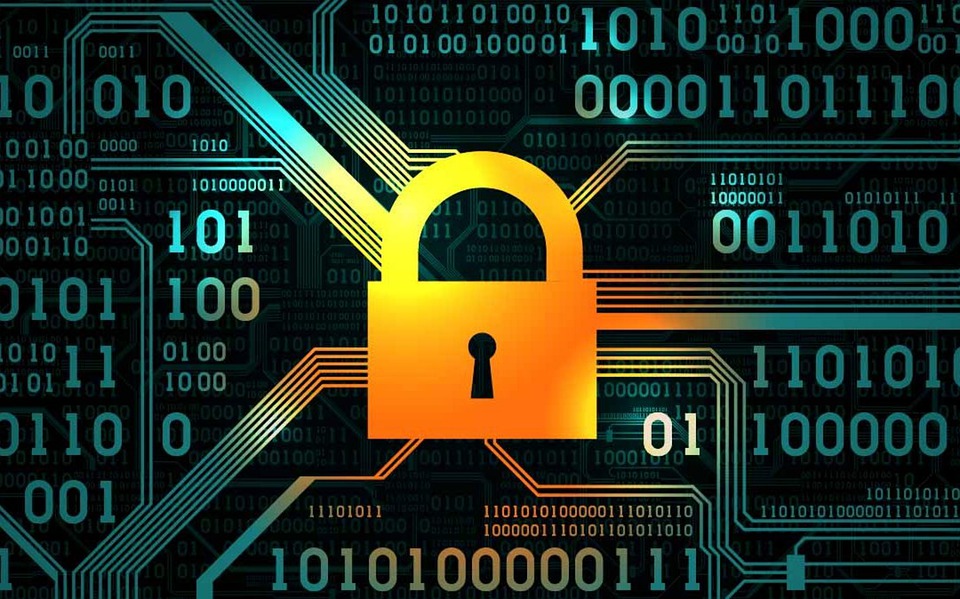
by admin | Oct 25, 2021 | News
Ransomware is a serious threat to businesses, and it’s getting worse. While individuals were struggling against such attacks, fraudsters went a step further and started offering ransomware-as-a-service (RaaS). Through this business model, cybercriminals offer a malicious kit that can be used to perform ransomware attack services at little or no cost. Ransomware is becoming a major concern worldwide, with 54% of organizations surveyed being attacked in 2017 and another 31% expected to be attacked in the future. In 2021, these attacks increased dramatically. What is ransomware as a service (RaaS) and why is it such a big threat? Ransomware is a type of malware that encrypts files and locks them, making decryption nearly impossible without a key or by exploiting vulnerabilities in the encryption implementation. Ransomware as a service (RaaS) is a subscription-based model that allows affiliates to run them using pre-developed ransomware tools. Each successful ransomware payment earns affiliates a commission. RaaS allows anyone, even if they have no technical expertise, to launch attacks by simply subscribing to a service. They are readily available on the dark web, where they are advertised in the same way as legal products. Since RaaS users do not need to have any knowledge, or even experience, to use the tool effectively, RaaS solutions allow even the most inexperienced hackers to carry out very intricate cyberattacks. Not only is ransomware cheap to buy and download, it is also simple to spread, making any organization a target in today’s digital world. Ransomware is becoming increasingly expensive to pay, which means that this type of attack is becoming more and more profitable for attackers....

by admin | Oct 21, 2021 | News
Due to the progress in communications and digital solutions, server virtualization is becoming a very beneficial resource. Server virtualization is a way to take advantage of the full potential of a computer installed on the premises, or to transfer it to another location without suffering any inconvenience. Generally, most existing servers are underutilized, with about 15 percent of their performance potential untapped. Let’s take a look at some of the benefits of virtualizing a company’s servers: Cost reduction. Savings is one of the strengths of server virtualization. By taking full advantage of them, it is not necessary to invest in new equipment or keep unused equipment on. Energy consumption is therefore reduced. In addition, fewer servers mean savings in maintenance, both in time and money. Also, when we decide to virtualize, the hardware reduction is 22% and, more importantly, the annual cost savings can be up to 23%, depending on the configuration. Improved security A virtual server can be easily scheduled for regular backups and stored remotely. In case of failure, recovery is much faster and more accessible. Possibility to create a test environment Since a server space can be segmented to operate independently, it gives us the opportunity to develop a test environment. This environment can be developed without the need to deploy an external server and without the danger of a failure affecting the other servers. For example, applications can be installed and all the necessary processes can be executed before they are moved to the working environment. This minimizes errors and the time it would take to fix them if they were done...

by admin | Oct 19, 2021 | News
SMEs, as they have more limited budgets, have to choose carefully the technological solutions they want to invest in: ERP solutions, CRM systems, financial tools, etc. Today, cybersecurity solutions have also become essential for SMEs, as a simple attack can jeopardize their business, with irrecoverable financial consequences. HodeiCloud, a leading provider of cloud-based IT, security and compliance solutions, offers a few tips for SMEs to protect their data in the same way as large companies, but with a budget to match. Never minimize your value Many times SMBs think that they are not targets for hackers and that they can be immune to cyberattacks. In reality, these SMEs can become as good a target as any other, and even a relatively easy entry point for a cyberattack aimed at compromising a larger company they are doing business with. Since most large companies have sophisticated security defenses, hackers have begun to identify and attack their weakest points. Prepare your employees Hackers prey on employees the most. Therefore, it is very important to inform employees about security policies such as password management and cybersecurity, educating them on how to recognize cyberattacks and avoid falling into cyber traps such as phishing and social engineering. An ongoing training program is needed to raise employee awareness of new and emerging cybersecurity risks and ensure discipline in protecting company data. Use affordable technologies. Today, there is more exposure to IT security risks, but there are also affordable new technologies that SMEs can adopt to secure their IT environments and protect their data. The cloud, for example, offers SMBs the opportunity to increase their IT and...






Recent Comments